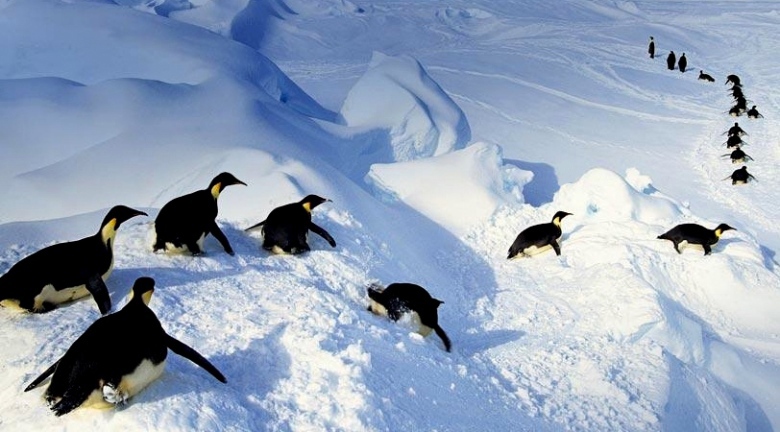
The pull of the penguin is so strong that there exists a branch of veterinary medicine devoted to their health. Researchers from around the world have spent their careers attempting to understand the biology of these flightless birds and determine how best to keep them happy and thriving for generations to come.
Their gut microbiome has been examined, a full list of diseases has been compiled, and any risk from human infections, co-called humanoses, has been sought. Thankfully, there have been almost no links between pathogens of humans and penguins save for two, Campylobacter and Salmonella.
But last week, an international group of researchers reported on the discovery of a novel infection in penguins. This finding, however, may suggest that these loveable creatures could be harbingers of another pandemic in the future.
The virus was influenza, avian influenza, and for anyone who has read the news over the last decade and a half, this could bring shivers to even the most resolute spine.
Avian influenza has been a pain for public health officials for nearly a century. The 1918 pandemic was caused by an avian variant of the regularly circulating H1N1 virus. In 1997, a never-before seen strain, H5N1 appeared in Hong Kong, infecting 18 people and killing six of them.
The virus has since led to outbreaks around different parts of the world, leading to 650 cases and 386 deaths. In addition, a handful of other avian flu strains have made their way into humans including H7N9, H9N2, H10N8, H6N1 and just in the last week, H5N6.
Now, thanks to the penguin research, there is another strain of interest: H11N2. The team took swabs from the trachea or the rectum of Adélie Penguins and then attempted to identify the presence of any influenza strains.
Previous research in King Penguins revealed no presence of any influenza so the samples were expected to be negative. Yet, in some 2% of the birds tested, the virus was found. With further genetic testing, the strain was elucidated although this offered more concerns.
